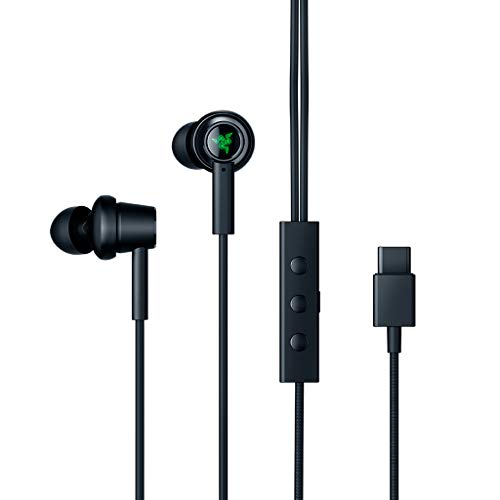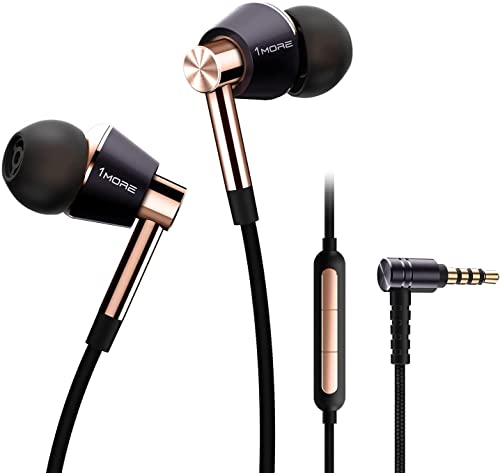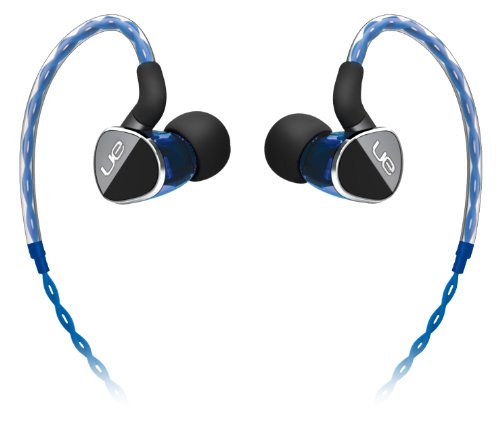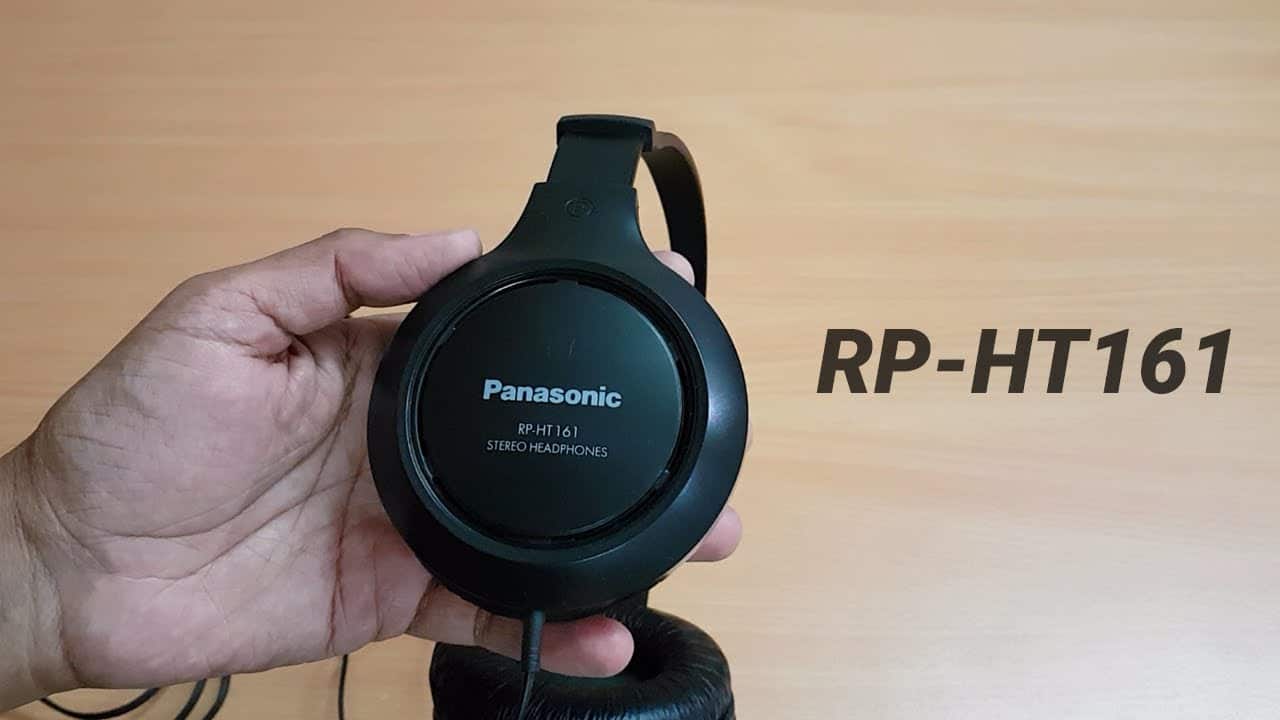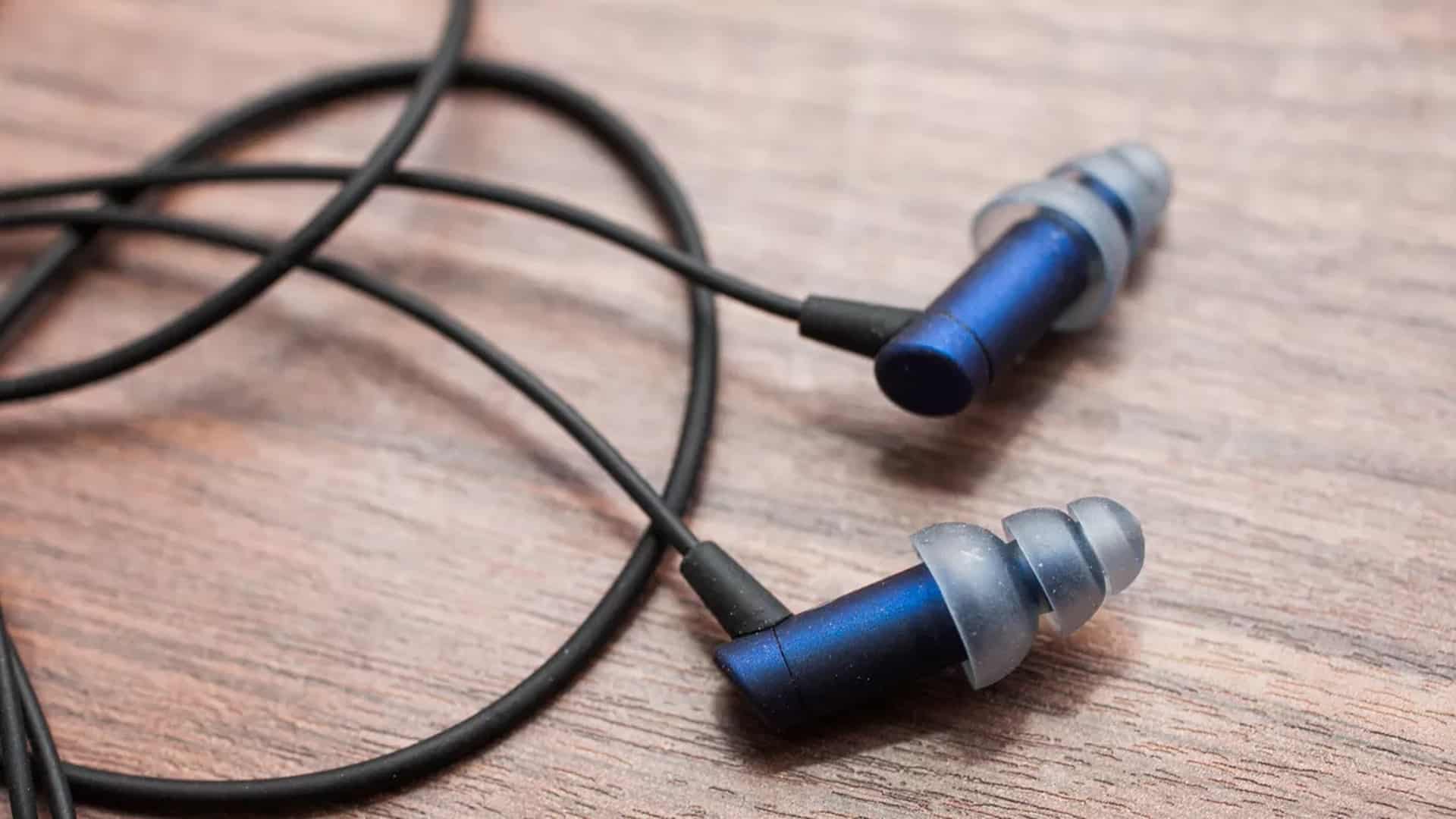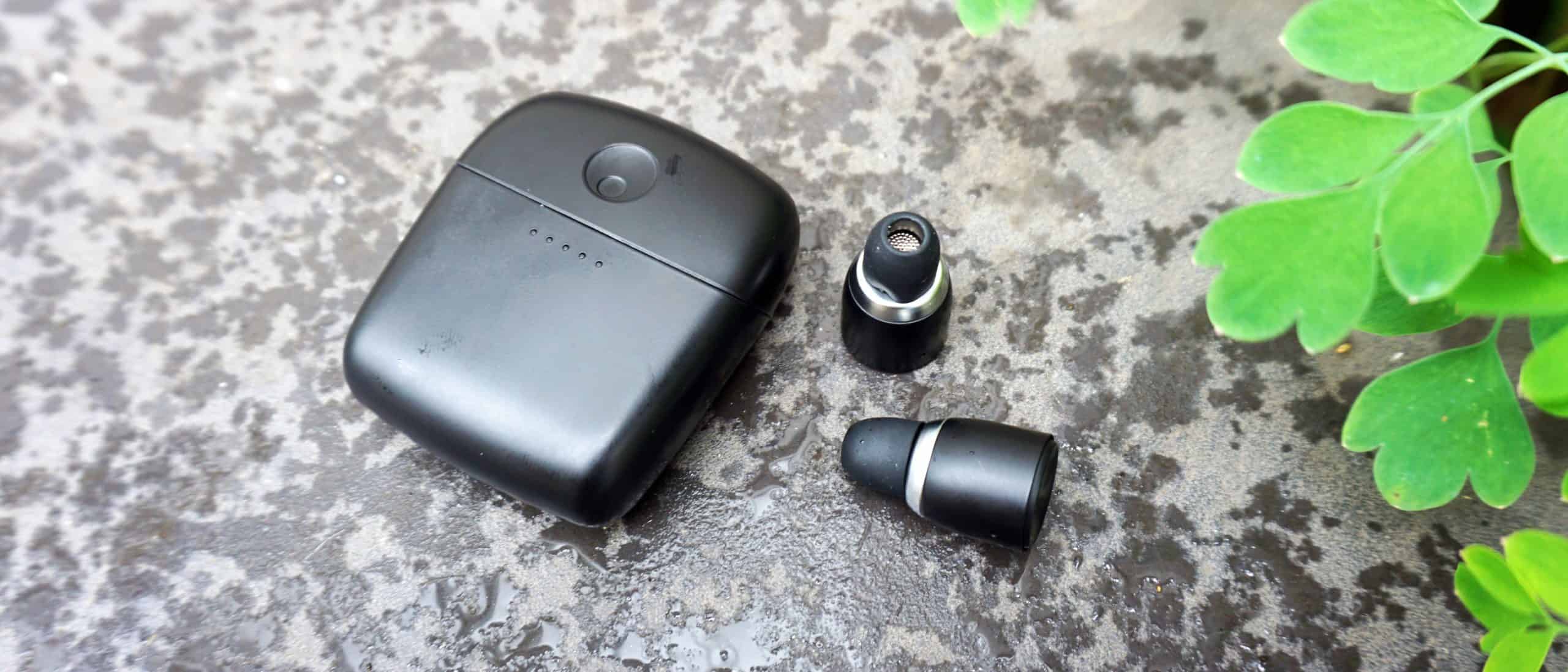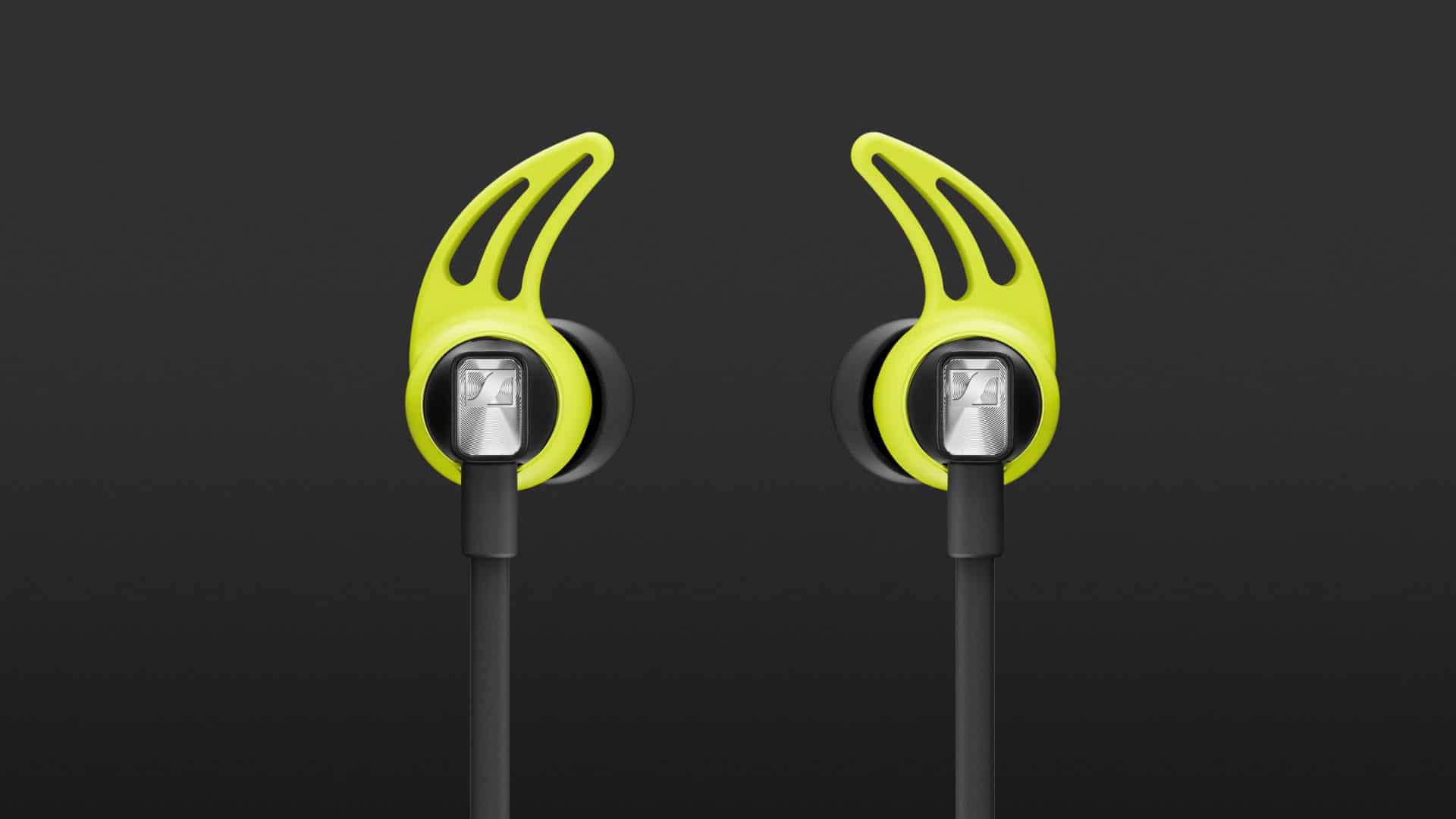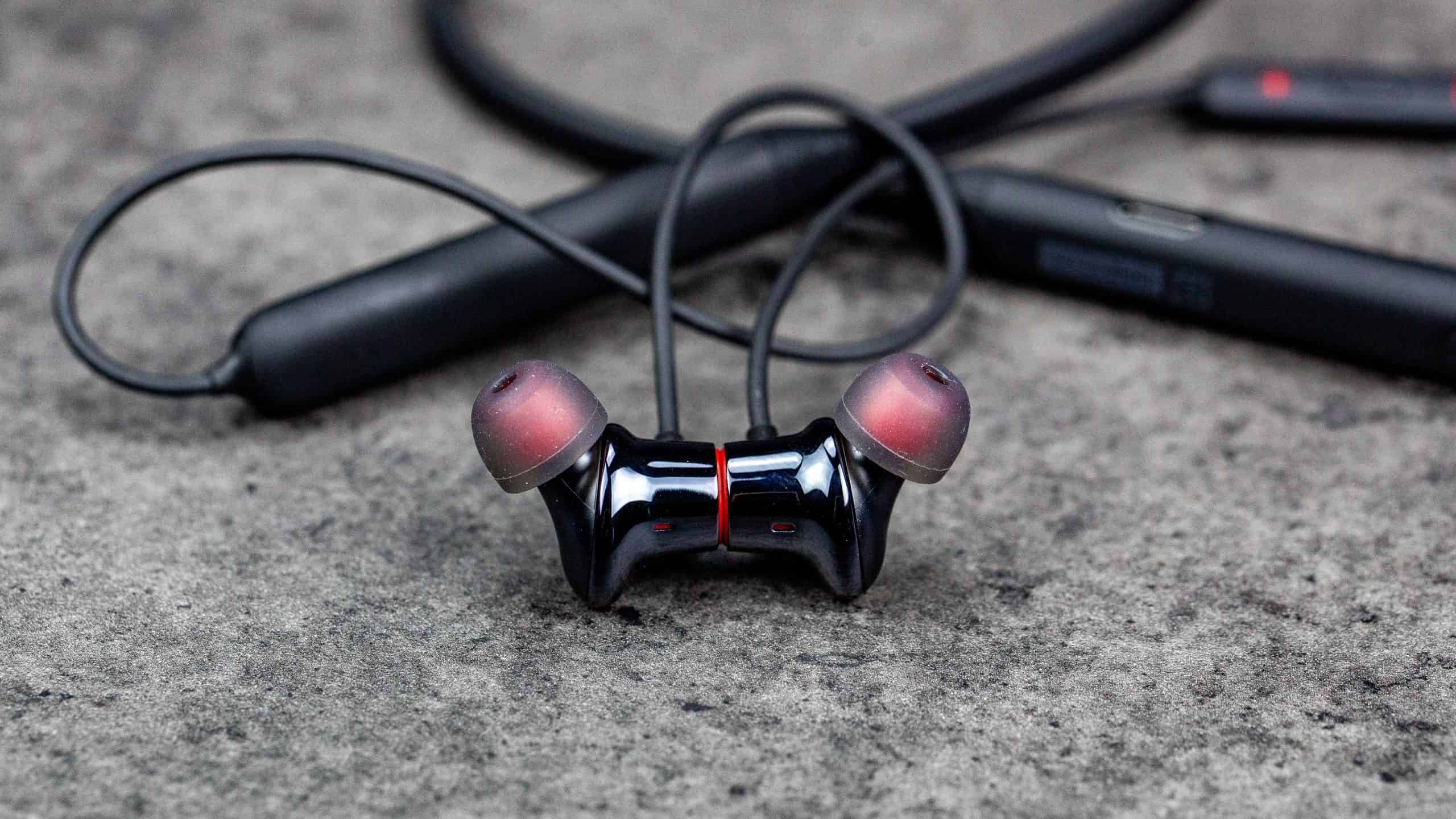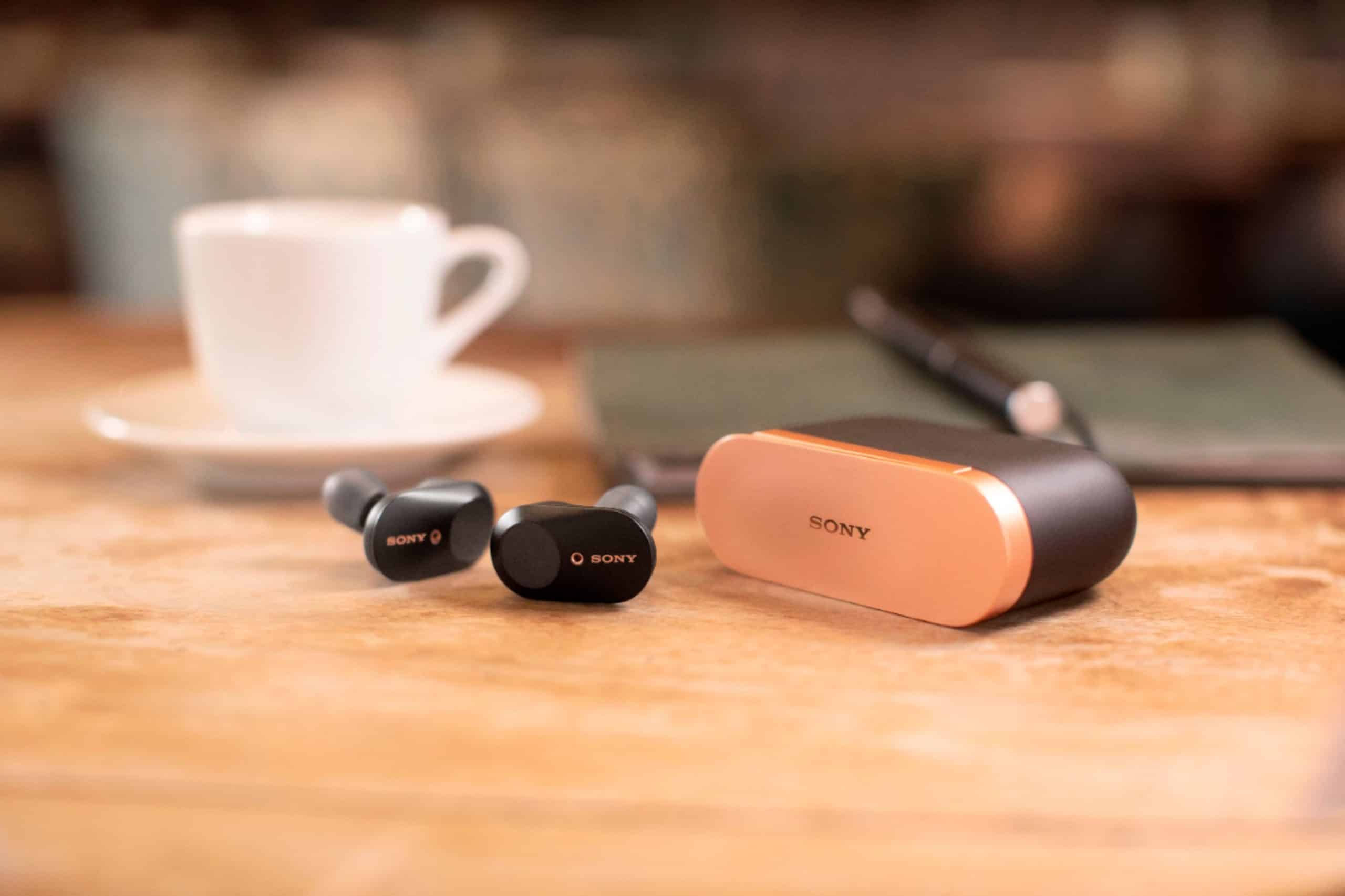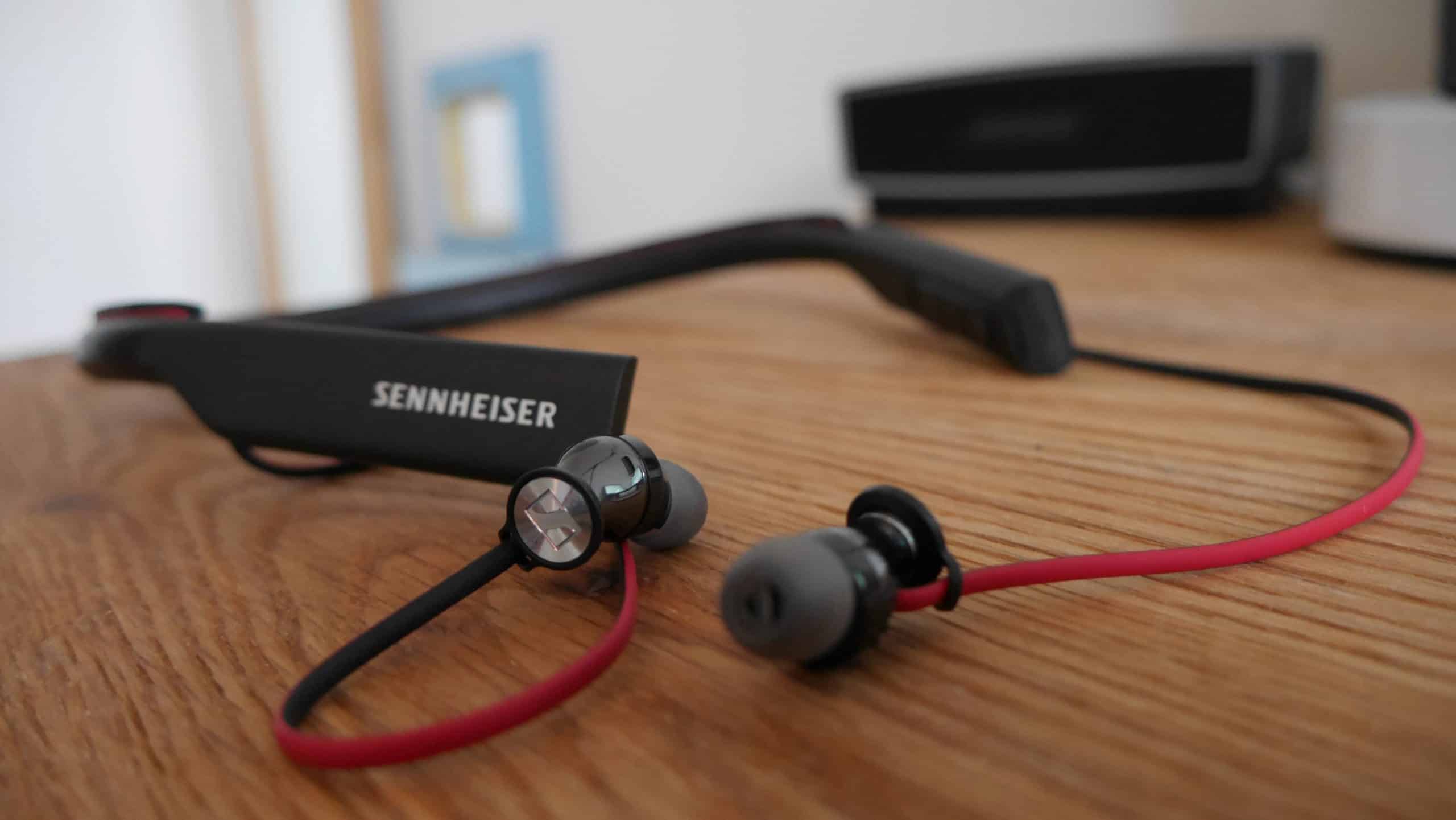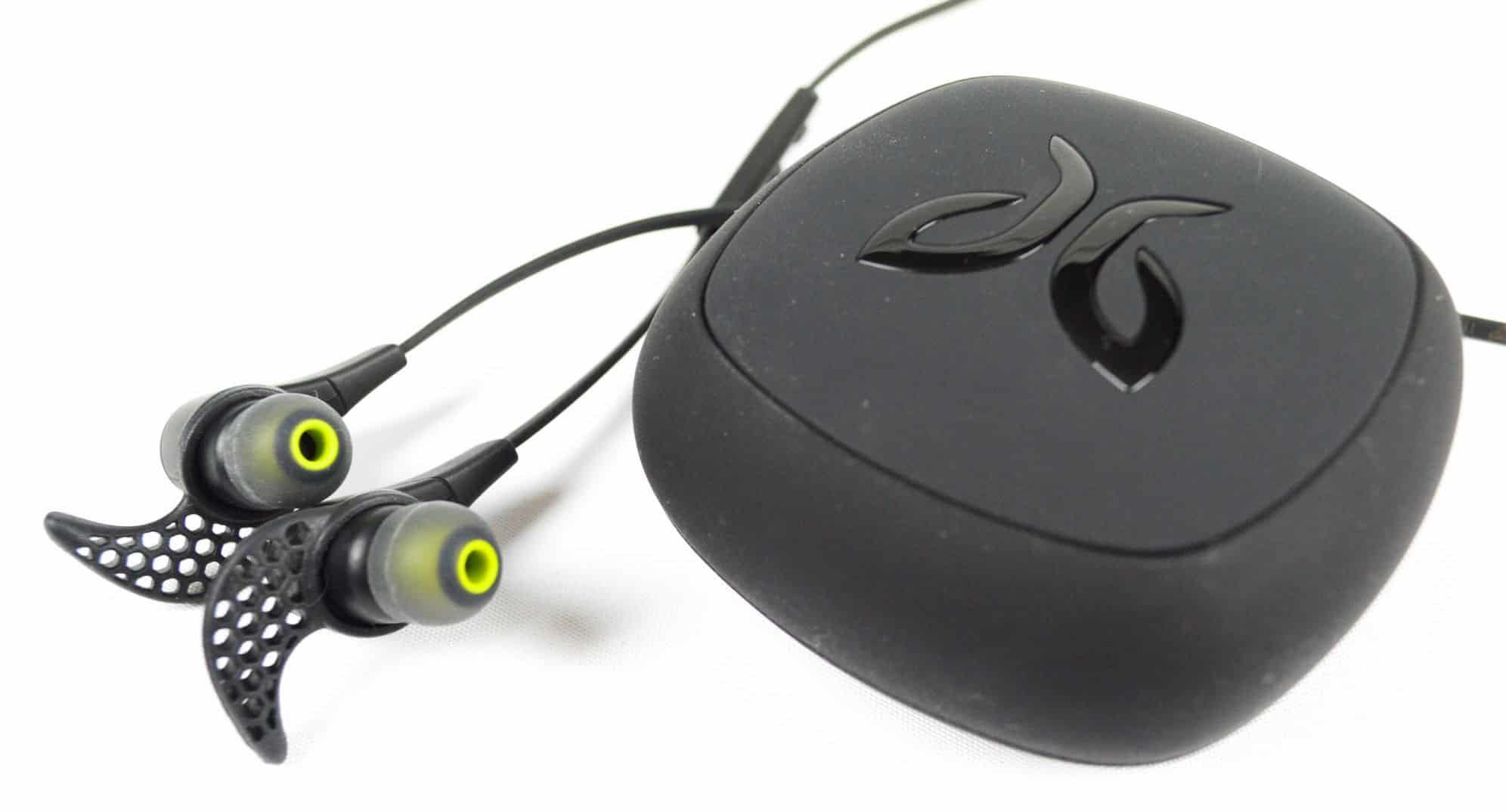If you are new to the world of personal audio, you may wonder how headphones work. The best headphones, after all, share some similarities with regard to functionality. So how do headphones work and what are the different types of headphones? Keep reading to find out.
KEY TAKEAWAYS:
- Headphones deliver sound waves and an electrical signal from an audio device, through a wired headphone jack or a Bluetooth receiver, to an audio driver.
- Many modern headphone models are wireless, but wired models offer reduced audio latency with sound waves.
- There are many types of headphones out there, including over-ear designs, wired headphones, closed-back headphones, earbuds, and more.
What do Headphones do?
Headphones are essentially small speakers that you wear around, or in, your ears. Folks wear headphones to experience audio listening pleasure no matter where they are. They are great for listening to music, podcasts, speeches, and just about anything else you can think of.
How Does Sound Travel Through Headphones?
Headphones work in a variety of ways, so there are different processes like when you are learning how to clean headphones. Still, there are some commonalities. Generally speaking, sound travels from an audio source, through a wire, into an audio driver, and out through a speaker or speakers. In the case of wireless headphones, the signal skips the wire and goes straight to the audio driver. Some models boast additional features like built-in volume control, smart functionality, water resistance, and more.
Insider Tip
In a way, headphones are not that dissimilar from speakers, with the speaker located inside of the headphone themselves.
Types of Headphones
There are as many types of headphones out there as there are music fans, so when cataloging the types of headphones we are sticking to some of the largest and most primary categories.
Over-Ear
Over-the-ear headphones, otherwise known as cans or studio headphones, are large, heavy, and cumbersome when compared to other models. And, if not used carefully, they sometimes can have issues and only one side of the phones will work. They also, however, offer incredible sound quality, with deep bass response, and the option to eliminate unwanted noise from the rest of the world. In most cases, audio canceling headphones are over-ear models.
Earbuds
Earbuds are the newest kid on the block, coming into popularity along with the smartphone craze. These headphones rest directly inside of the ear canal. They are on the cheaper side and ultra-convenient but struggle with sound quality when compared to over-ear headphones. Newer earbud designs, however, have come a long way in reaching parity with their much, much larger cousins.
Bluetooth Headphones
If you are wondering how Bluetooth headphones work, know that it is all about wireless connectivity. These headphones do not include wires at all, rather a Bluetooth receiver transforms an audio signal from a connected device into glorious sound. Bluetooth headphones do experience some slight latency when compared to wired counterparts, but this delay has been ever-shrinking in recent years.
F.A.Q.S
Big headphones or small earbuds?
If you really need an accurate bass response in your sound waves, go for big headphones. If you prefer portability, go for earbuds. With earbuds, however, you will hear more ambient sound.
Open or closed headphones?
This depends on personal preference, though closed headphones reduce ambient noise when compared to open-back headphones. Other than that, they feature similar designs, complete with a permanent magnet for a magnetic field and sound waves.
Normal or noise-canceling headphones?
This depends on personal preference and budget. Audio-canceling headphones include an additional electrical signal to reduce external noise, be it from a competing audio device, such as wired headphones, or just ambient noise.
STAT: Counting the number of cycles that occur per second determines the frequency, or pitch, of the sound. Higher frequencies mean higher pitches. Scientists describe frequencies in hertz, so a 500 Hz sound goes through 500 complete cycles of low pressure and high pressure per second. (source)
REFERENCES:
- https://www.britannica.com/story/great-headphones-blend-physics-anatomy-and-psychology-what-you-like-to-listen-to-is-also-important
- https://support.apple.com/en-us/HT203026
- https://support.apple.com/en-us/HT201869r
- https://www.klipsch.com/blog/how-do-wireless-earbuds-work
- https://en.wikipedia.org/wiki/Headphones#Ear-fitting_headphones
















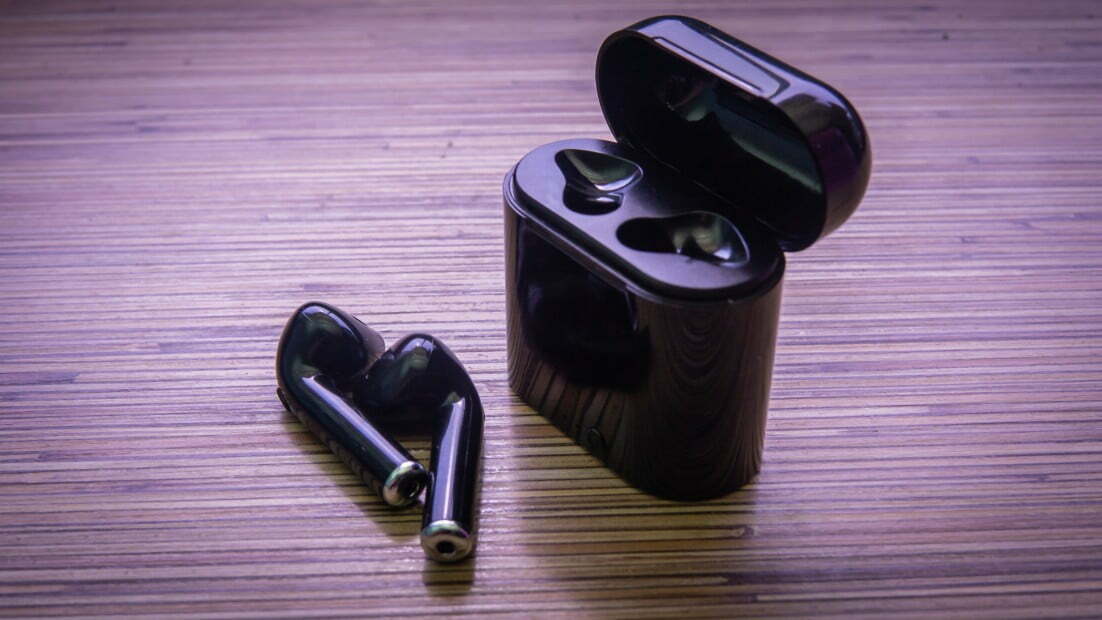


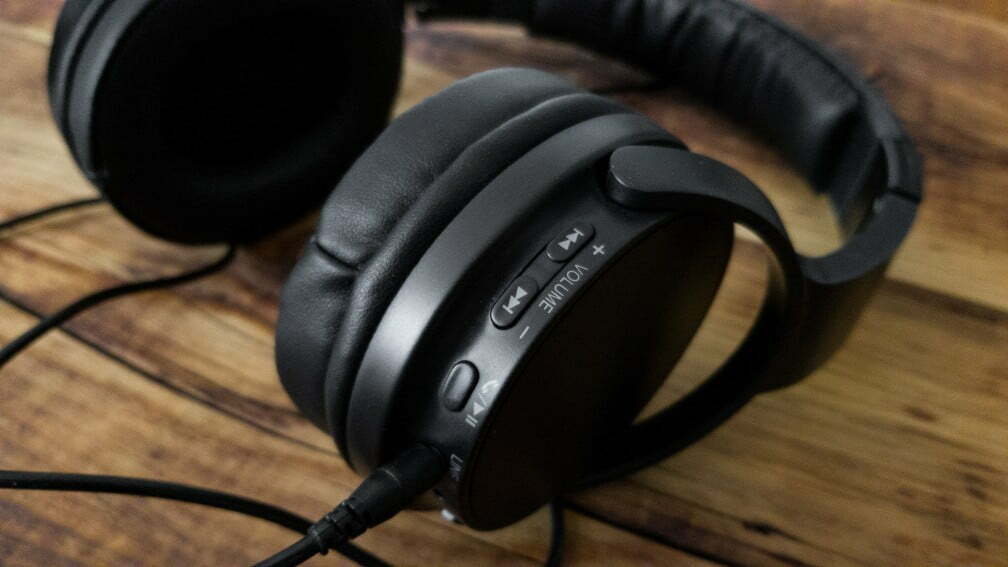










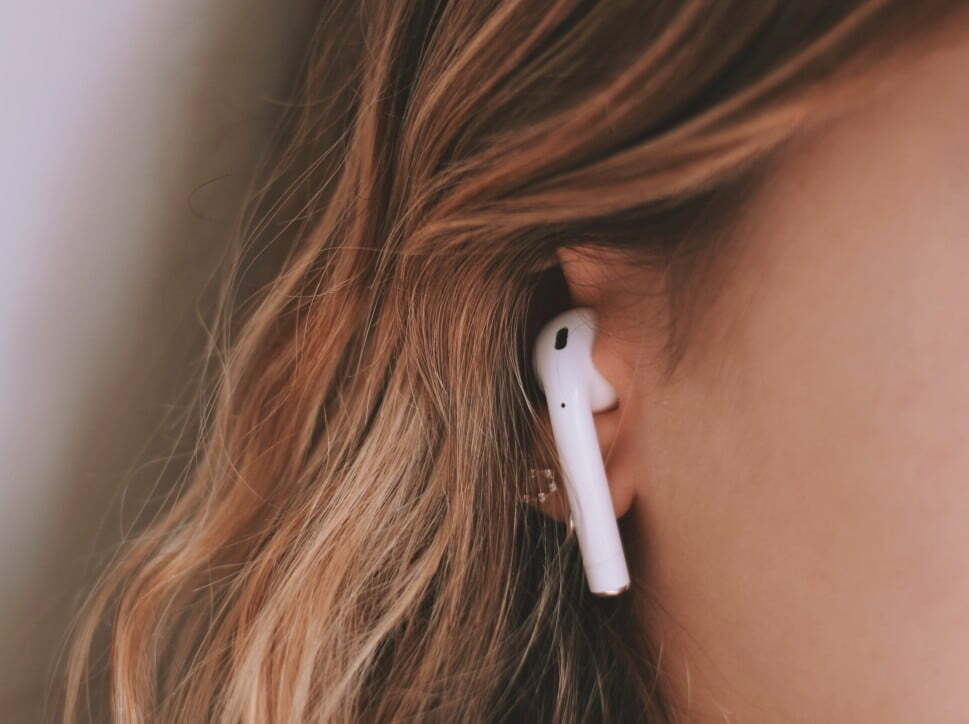

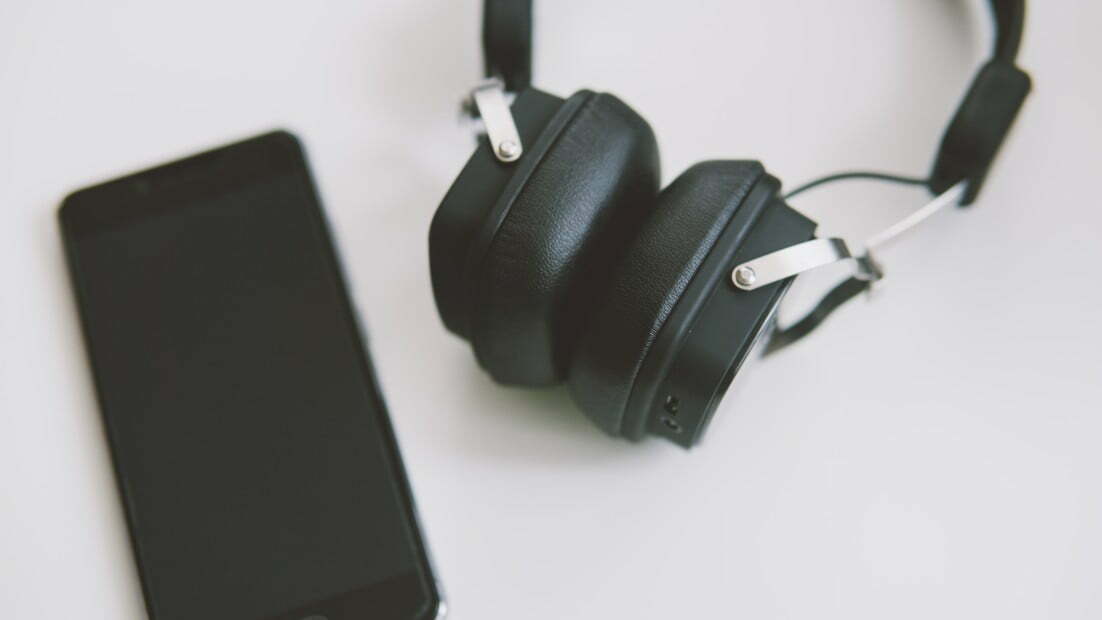

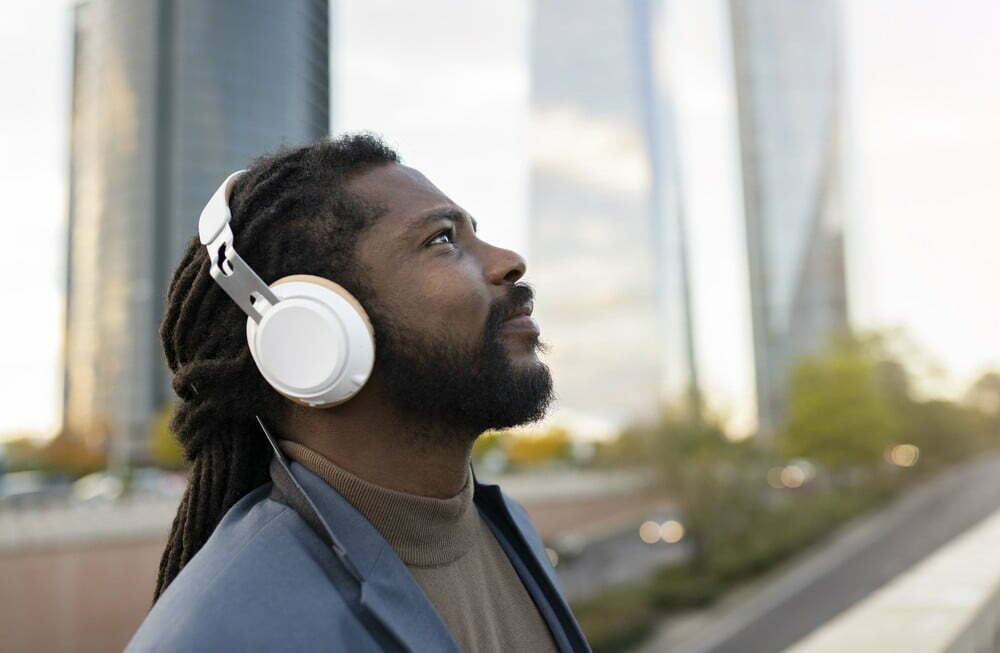
![Best Over-Ear Headphones for Working Out in [year] 27 Best Over-Ear Headphones for Working Out in 2026](https://www.gadgetreview.dev/wp-content/uploads/best-over-ear-headphones-for-working-out-image-scaled.jpg)
![Best Sennheiser Headphones in [year] 28 Best Sennheiser Headphones in 2026](https://www.gadgetreview.dev/wp-content/uploads/best-sennheiser-headphones-image-1.jpg)
![Best Sony Headphones in [year] 29 Best Sony Headphones in 2026](https://www.gadgetreview.dev/wp-content/uploads/best-sony-headphones-image-1.jpg)
![Best Open Back Headphones in [year] 30 Best Open Back Headphones in 2026](https://www.gadgetreview.dev/wp-content/uploads/best-open-back-headphones-image-1.jpg)
![Best Headphones in [year] ([month] Reviews) 31 Best Headphones in 2026 (January Reviews)](https://www.gadgetreview.dev/wp-content/uploads/best-over-the-ear-headphones.jpg)
![Best Noise Cancelling Headphones for Sleeping in [year] 32 Best Noise Cancelling Headphones for Sleeping in 2026](https://www.gadgetreview.dev/wp-content/uploads/best-noise-cancelling-headphones-for-sleeping-image-1.jpg)
![Best Noise-Cancelling True Wireless Earbuds in [year] 33 Best Noise-Cancelling True Wireless Earbuds in 2026](https://www.gadgetreview.dev/wp-content/uploads/best-noise-cancelling-true-wireless-earbuds-image.jpg)
![Best Headphones with a Mic in [year] 34 Best Headphones with a Mic in 2026](https://www.gadgetreview.dev/wp-content/uploads/best-headphones-with-mic-image.jpg)
![Best Headphones for Sleeping in [year] 35 Best Headphones for Sleeping in 2026](https://www.gadgetreview.dev/wp-content/uploads/best-headphones-for-sleeping-image.jpg)
![Best Headphones for Teens in [year] 36 Best Headphones for Teens in 2026](https://www.gadgetreview.dev/wp-content/uploads/best-headphones-for-teens-image.jpg)
![Best Noise Canceling Headphones for Kids in [year] 37 Best Noise Canceling Headphones for Kids in 2026](https://www.gadgetreview.dev/wp-content/uploads/best-noise-cancelling-headphones-for-kids-image.jpg)
![Best Headphones for Music Production in [year] 38 Best Headphones for Music Production in 2026](https://www.gadgetreview.dev/wp-content/uploads/best-headphones-for-music-production-image.jpg)
![Best Wired Headphones in [year] 39 Best Wired Headphones in 2026](https://www.gadgetreview.dev/wp-content/uploads/best-wired-headphones-image.jpg)
![Best USB Headphones in [year] 40 Best USB Headphones in 2026](https://www.gadgetreview.dev/wp-content/uploads/best-usb-headphones-image.jpg)
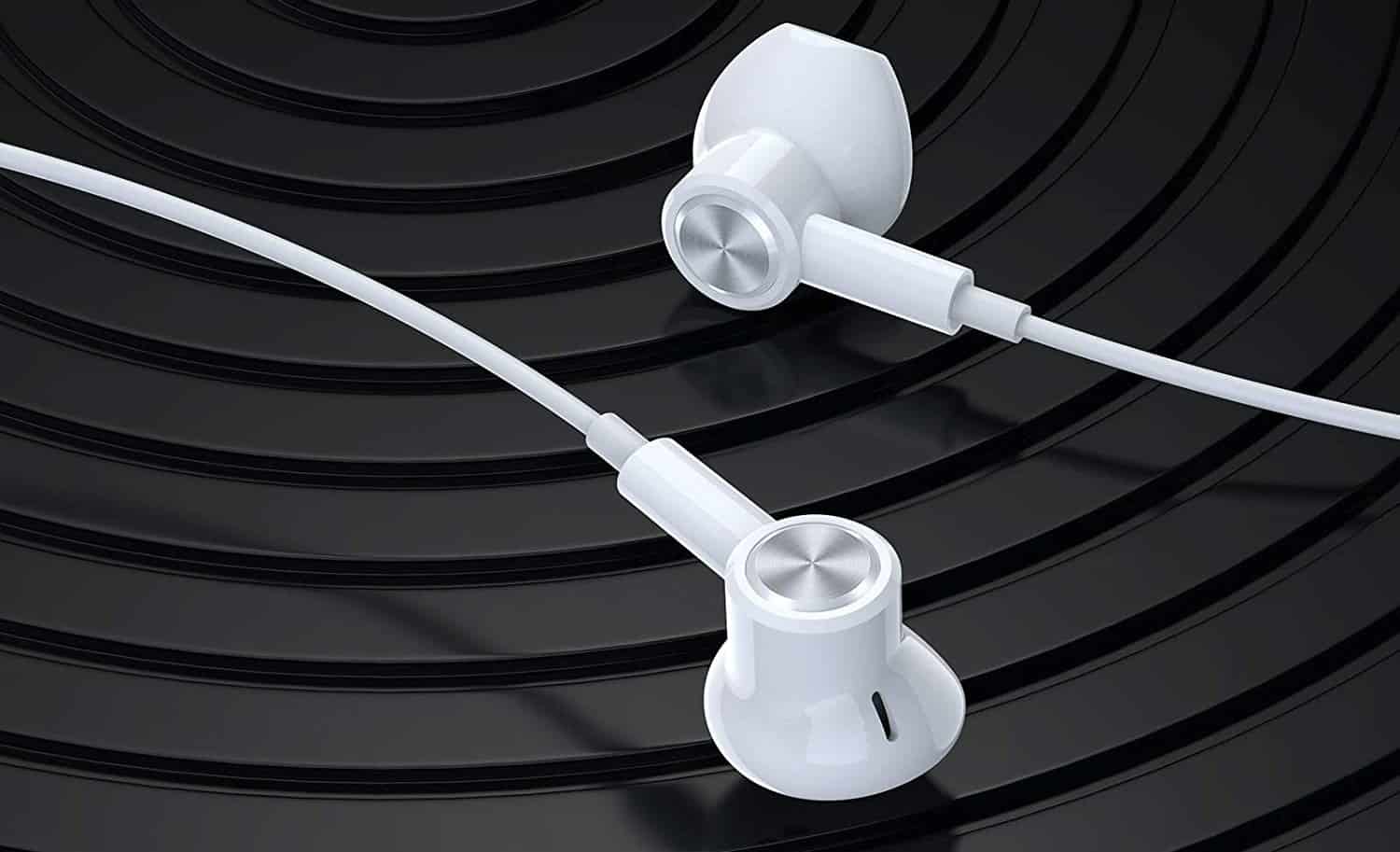
![Best Headphones for Mowing in [year] 42 Best Headphones for Mowing in 2026](https://www.gadgetreview.dev/wp-content/uploads/best-headphones-for-mowing-image.jpg)
![Best Headphones for Music in [year] 43 Best Headphones for Music in 2026](https://www.gadgetreview.dev/wp-content/uploads/best-headphones-for-music-image.jpg)
![Best TV Headphones for Seniors in [year] 44 Best TV Headphones for Seniors in 2026](https://www.gadgetreview.dev/wp-content/uploads/best-tv-headphones-for-seniors-image.jpg)
![Best True Wireless Earbuds in [year] 45 Best True Wireless Earbuds in 2026](https://www.gadgetreview.dev/wp-content/uploads/best-true-wireless-earbud-image.jpg)
![Best Swimming Headphones in [year] 46 Best Swimming Headphones in 2026](https://www.gadgetreview.dev/wp-content/uploads/best-swimming-headphones-image.jpg)






